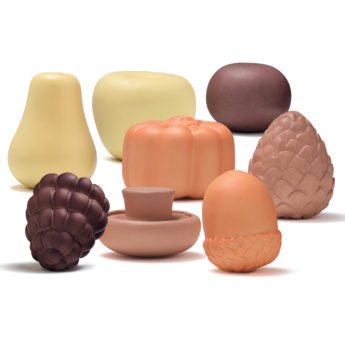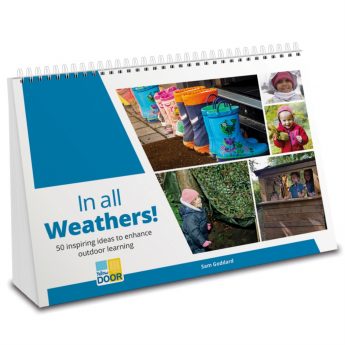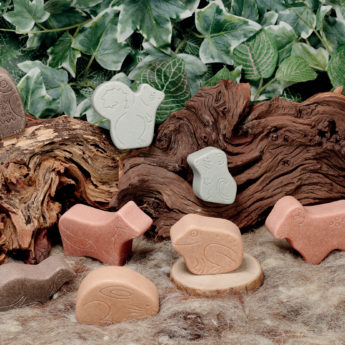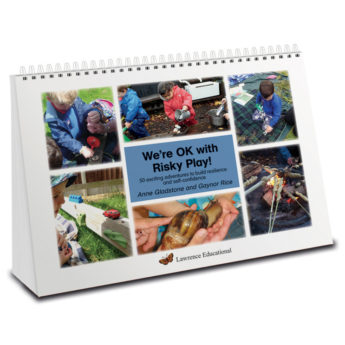10 ideas for forest school (even if you don’t have a forest nearby!)
As Christopher Robin learned in Hundred Acre Wood, a forest is a great place for adventures. If you don’t have a forest nearby, you don’t need to miss out. Here are some ideas to bring the adventure to your setting.
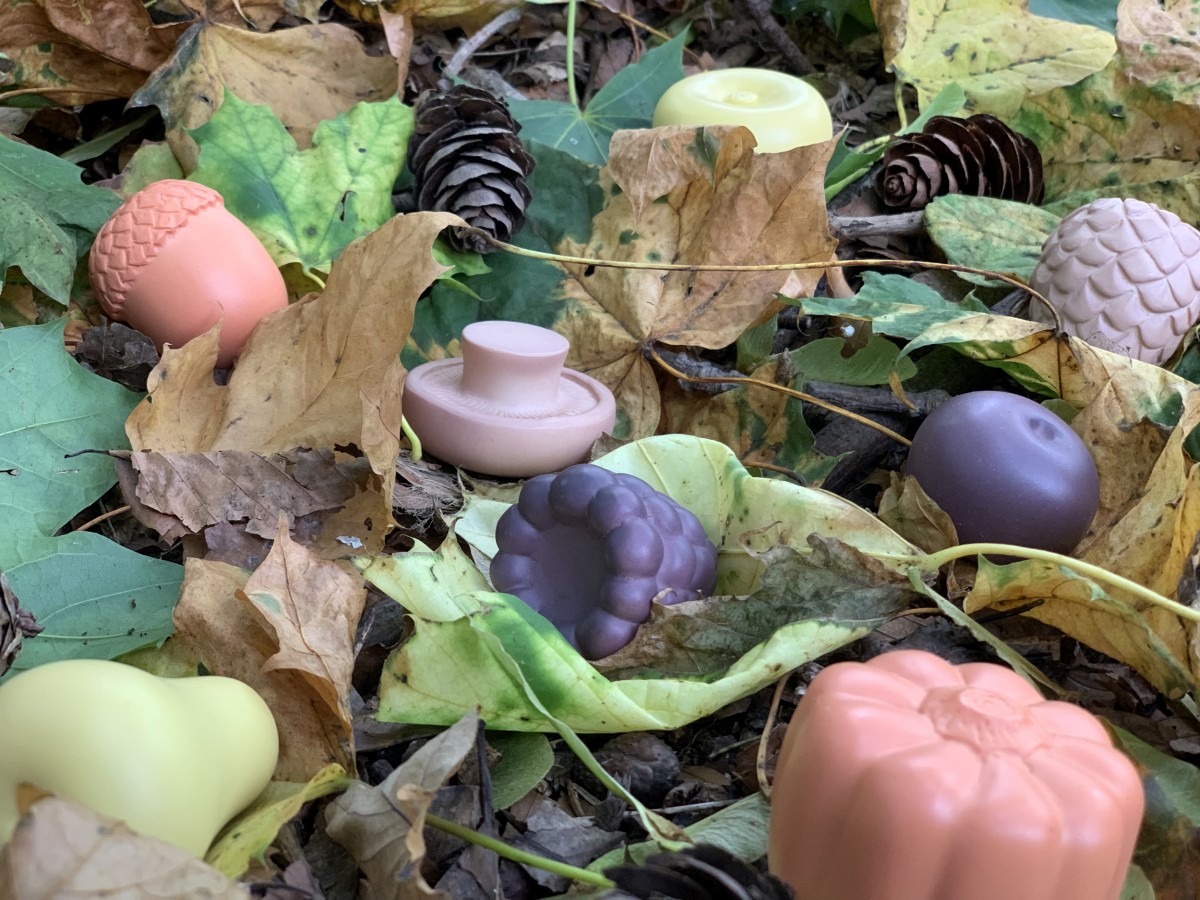
1. An apple contains a forest
A forest contains many edible fruits and nuts, valuable to the wildlife who live in it. While we need to be careful about what produce we share with children, showing and sharing some woodland food can be fun. Apples, pears and cherries all make good ingredients in a forest fruit salad. While wild strawberries are hard to come by, shop bought berries can be used for smoothies and freezer-made ice creams.
2. Get planting
Forest glades full of wildflowers feature in many woodland stories, as well as being havens for wildlife. There are plenty of wildflower seed mixes available online. If you approach a garden centre, they may well let you have a bag for free. If you can find someone to come in and work with the children to create their glade/meadow, this will add to the experience. A local gardening business, garden designer might be willing to come in to help with the planting. Make sure you take advice before planting anything to ensure your choices are safe and pose no danger.
3. Shade and shelter
Sitting in the shade of a tree on a sunny day can be lovely, but not so much on a chilly one. We need more shelter on such days. A day for coats is also a day for den building! While this activity can be done indoors, it’s more invigorating to do it outdoors if warm clothing is available.
There are lots of commercial kits on the market, which have their place. However, make use of what you already have: poles, planks, pegs, broom handles, any suitable covering, large cardboard boxes. With enough equipment, you could create your own campsite.
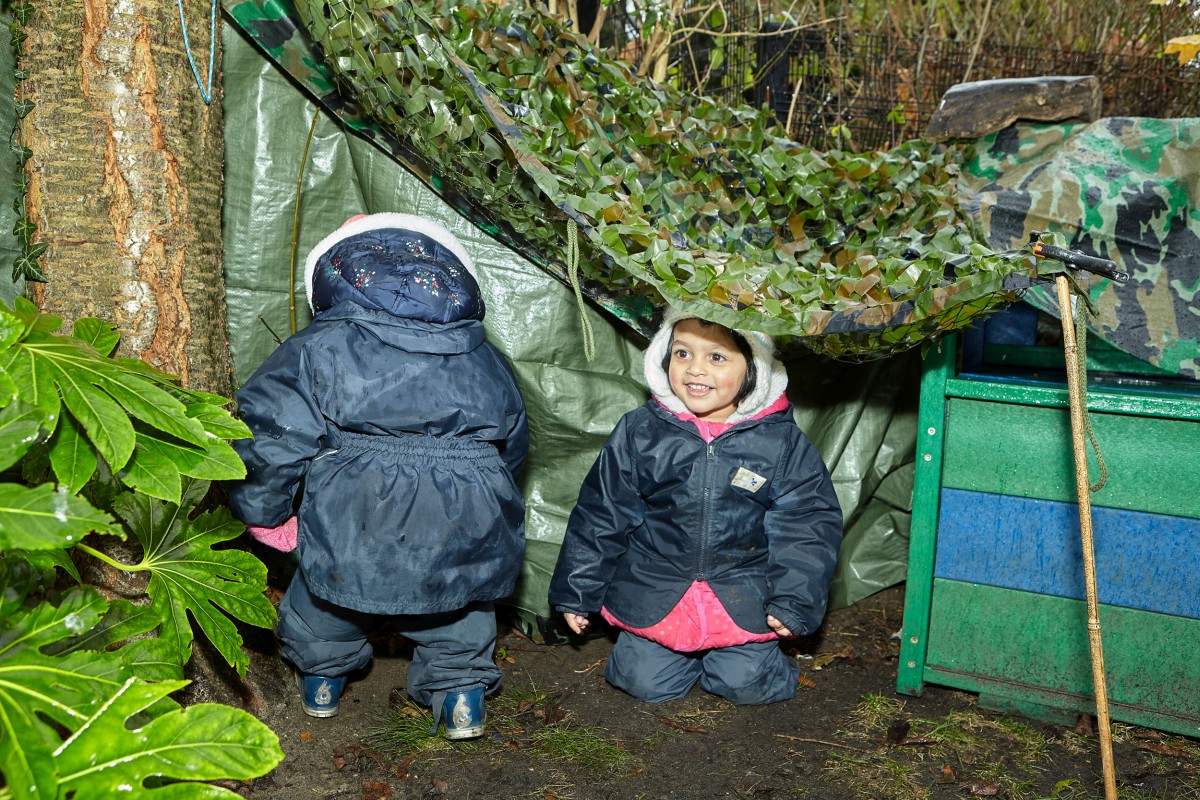
4. Whittling away
You will need green sticks that are smooth, straight and not too thin. Pick fallen sticks rather than taking them from a tree. For simple and safe whittling, use potato peelers to strip the bark. The stripped twigs can then be used for toasting marshmallows on the fire. It is a good idea for the children to practise using their peeler on vegetables.
When using the peeler push it along the stick and away from the body. Hold the stick to the side or whittle sitting at a table rather than placing it in your lap as this prepares the children for the safe use of a penknife should they use one in the future.
5. Bread and honey (or jam)
Forest activities are fun but can be tiring, and we all benefit from a snack! For this you will need a fire. If you have a metal firepit or similar, this is the safest way to manage one. Make sure you also follow your setting’s safety procedures.
Damper bread is a simple and easy snack to prepare with the children. All you need to do is mix 500g of self-raising flour with 300–500ml water. Divide the dough into twelve portions. Encourage the children to roll their portion into a snake and wrap it round a cooking stick. Let the children hold their bread snake just above the fire and watch it cook. It will be ready in about 5–10 minutes, or when it’s golden brown. Spread the damper bread with jam or dip it in honey. Eat and enjoy!
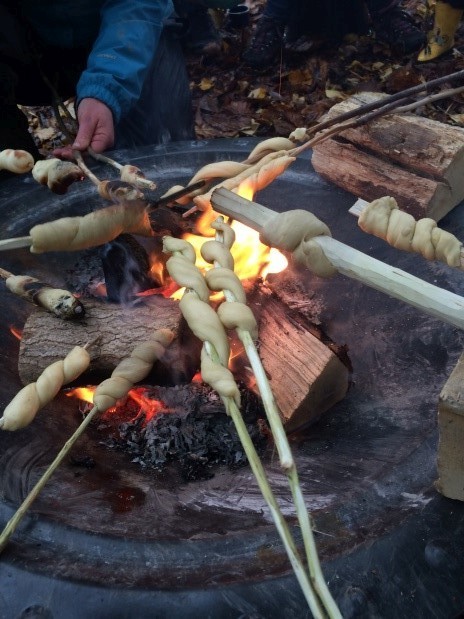
6. Get popping
While the fire is lit, make some delicious popcorn to share. You will need some popping corn and a fireproof cooking container: two metal sieves joined together to form a cage attached to a long wooden handle is ideal. Place a handful of the corn in the cage and fasten the cage securely. Hold it above the fire. Once the corn has stopped popping (and before it burns), transfer the popcorn into a container to cool before tucking in. As with the damper bread, follow your setting’s safety guidelines.
7. Story time
Fireside storytelling has happened for centuries. It’s so evocative and atmospheric to hear stories told when the storyteller is illuminated by firelight. Make sure you can all sit in comfort: cushions, blankets, hats and gloves. You might even want to prepare and share hot chocolate. Choose stories that have a woodland setting, whether told without a book such as Hansel and Gretel, or with one such as Owl Babies or We’re Going on a Beat Hunt. You could take a look at our Woodland book list of recommended books to explore and share.
8. Charcoal art
You can find amazing charcoal artwork online. It is not an art resource that is used that often in settings, but as produce of the forest, it fits nicely with bringing the forest to the children. Leave some charcoal and a selection of paper of different sizes and textures for the children to explore. Display the results in a Charcoal Gallery.
9. Watch and learn
Spending time watching wildlife is invaluable for how children think about animals in the future. While not all forest creatures can be found near all settings, there are ways of encouraging some. Planting flowers that attract pollinating insects is both good for the environment and for children’s experience of the natural world. Making bug hotels and setting up bird feeders achieves similar results. Once such habitats are established, the children can set up a wildlife watch to record developments and what insects and birds appear.
10. What sort of forest?
Create small world play forests using items gathered from the outdoors. Leaves or fronds make ideal trees; rocks make mountains; moss makes woodland glades, and so on. Add some woodland play creatures for some lovely story telling opportunities. You can also create challenges for the children inside their small world, such as making a mini-raft to transport animals across a river.
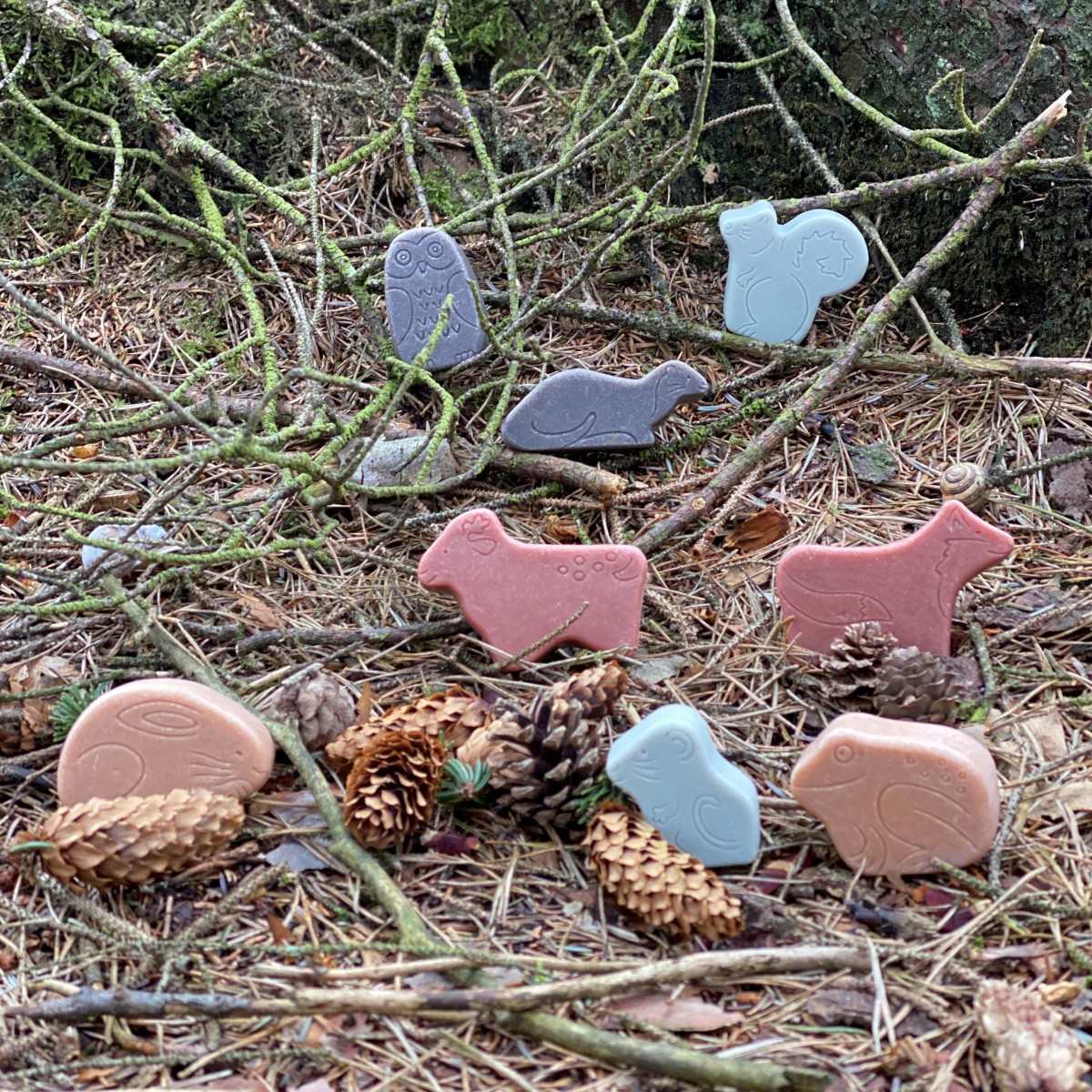
See our full range of forest-school inspired resources

 Register/Log in
Register/Log in
 Basket
Basket
